What is Inductive Proximity Sensor Technology
Inductive Proximity Sensor Technology is an electronic device designed to detect the presence or absence of an object within a certain range. They are commonly used in industrial automation systems, where they serve a vital role in ensuring the efficiency and safety of machinery. This technology is particularly valuable for manufacturers and businesses that require non-contact detection of objects, as it helps prevent equipment damage and downtime that could result from mechanical contact with sensors.
The principle behind inductive proximity sensors is the use of electromagnetic fields to detect the presence of an object. These sensors typically consist of a coil of wire wound around a ferrite core, creating an electromagnetic field when an electric current passes through the coil. When an object comes into the vicinity of the sensor and enters its detection range, it disrupts the electromagnetic field. This disturbance is detected by the sensor's active components, which trigger a response, usually in the form of an electrical signal.
Inductive proximity sensors are designed for various applications and can be found in a wide range of industries such as automotive manufacturing, food processing, and pharmaceuticals. They are available in different sizes and sensing distances to accommodate the specific requirements of the application at hand. As they do not require direct contact with the objects they are monitoring, inductive proximity sensors are an ideal choice for detecting the presence of conductive materials such as metal or conductive liquids.
Types of Inductive Proximity Sensor Technology
The market offers a range of inductive proximity sensors tailored to specific applications. Each type has its own set of characteristics:
-
Standard Inductive Proximity Sensors: These are general-purpose sensors designed for detecting the presence of metallic objects. They are commonly used in industrial settings for monitoring machinery and processes.
-
High-Pressure Inductive Proximity Sensors: These sensors are designed to operate in high-pressure environments such as those found in automotive or heavy equipment industries. They are ideal for detecting the position of components or products in situations where direct contact is not feasible.
-
Miniature Inductive Proximity Sensors: Compact in size, these sensors are suitable for use in small or densely packed machinery. Their reduced footprint makes them perfect for applications with limited space.
-
Wireless Inductive Proximity Sensors: Offering the convenience of remote monitoring without the need for extensive wiring. These sensors are particularly useful in situations where access to the sensor is difficult or when real-time data transmission is required.
-
Two-Wire Inductive Proximity Sensors: Simplifying installation by using only two wires for both power supply and signal output. These are cost-effective solutions for many proximity sensing applications.
How to choose Inductive Proximity Sensor Technology
Selecting the right inductive proximity sensor technology requires careful consideration of several factors related to the specific needs of a business or application. Here are some key points for businesses to consider:
-
Material Compatibility: Ensure that the sensor's construction material is compatible with the target material. For example, ceramic sensors are suitable for high-temperature environments while stainless steel can be used in harsh conditions where resistance to corrosion is crucial.
-
Sensing Distance: Choose a sensor with a detection range that matches your operational needs. Different sensors are designed for varying sensing distances, so it's important to select one that can reliably detect objects within the specific range you require.
-
Mounting Type: Consider the mounting type that aligns with your application setup—whether it's embedded in machinery, built into systems, or used in standard industrial environments.
-
Output Signal: The sensor's output signal must be compatible with your current control system. Ensure that the sensor's switching behavior matches your system's input requirements for operational effectiveness.
-
Operating Conditions: Take into account the operating conditions such as temperature range and exposure to harsh environments or cleaning processes which could affect sensor performance over time.
By carefully assessing these considerations against their specific needs, businesses can make informed choices about which inductive proximity sensor technology will best serve their operational requirements.
About Inductive Proximity Sensor Technology on Alibaba.com
Alibaba.com stands as an international marketplace connecting businesses with suppliers offering a wide array of inductive proximity sensors tailored to meet industrial needs. With an extensive list of products from various suppliers around the globe, businesses can find the ideal sensor for their specific application without compromising on quality or reliability. Alibaba.com's commitment to facilitating trade across borders makes it an ideal platform for sourcing industrial automation components like inductive proximity sensors.
The website's user-friendly design simplifies the search process by allowing buyers to filter products based on key specifications such as sensing distance, output type, and sensor type. This targeted approach saves time and helps buyers find products that match their industrial requirements quickly. Additionally, services like Trade Assurance provide an added layer of protection for transactions, ensuring peace of mind when purchasing critical components like inductive proximity sensors.
Choosing Alibaba.com for your procurement needs means tapping into a vast network of suppliers offering products with features such as high precision, robustness, and versatility. Whether your business operates on a local scale or has a global reach, Alibaba.com provides access to quality components that can help drive your operations forward efficiently and effectively.
Common FAQs for Inductive Proximity Sensor Technology
What is an inductive proximity sensor?
An inductive proximity sensor is a device that detects the presence of metal objects without physical contact, commonly used in industrial automation for position sensing, speed measuring, and material level detection.
How do inductive proximity sensors work?
Inductive proximity sensors work by sending out an electromagnetic field that induces an eddy current in a conductive target. When a metallic object enters this field, it changes the magnetic flux, which is then detected by the sensor to provide a measurement or initiate an action.
What are the main types of inductive proximity sensors?
The main types of inductive proximity sensors include flush, non-flush, tubular, high-temperature, and ring type sensors, each designed for specific applications and environmental conditions.
What should I consider when choosing an inductive proximity sensor for my application?
When selecting an inductive proximity sensor, consider factors such as target material, size, detection range, temperature sensitivity, and whether the sensor will be used in a high-vibration environment.
Can inductive proximity sensors be used in harsh environments?
Yes, certain types of inductive proximity sensors are designed to withstand harsh conditions, such as high temperatures, moisture, and potential exposure to chemicals. It's important to choose a sensor that is rated for the environment it will be operating in.
How do I know if an inductive proximity sensor is suitable for food processing applications?
For food processing applications, look for sensors that are highly resistant to environmental factors and have a robust construction to withstand regular washing and cleaning routines.
Are there inductive proximity sensors that can be customized for specific applications?
Yes, many suppliers offer customization options for inductive proximity sensors, such as custom sensing distances, special output types, or additional protective features tailored to your application's requirements.
How accurate are inductive proximity sensors in determining the presence of metal objects?
In general, inductive proximity sensors are known for their high accuracy in detecting metal objects. However, the accuracy can vary depending on the sensor's specifications and environmental factors.
Can inductive proximity sensors be integrated into existing systems?
Inductive proximity sensors are designed to be easily integrated into existing systems. However, it's important to ensure compatibility with the system's specifications and interface requirements.
What kind of support is available for installing and troubleshooting inductive proximity sensors?
Support for installing and troubleshooting inductive proximity sensors typically includes documentation from the manufacturer, which may include wiring diagrams, troubleshooting guides, technical support, or video tutorials. Some suppliers may also offer on-site assistance.
Do inductive proximity sensors require regular maintenance?
Inductive proximity sensors are generally low-maintenance devices but it's recommended to periodically check them for any signs of wear or damage. Regular cleaning to remove dust or debris from the sensing area is also advisable.
Are there any size limitations for inductive proximity sensors?
Size limitations depend on the specific sensor design and intended application. While many are compact, some may come in larger sizes to accommodate particular installation requirements.
How do I determine the correct sensing distance for an inductive proximity sensor?
The sensing distance is determined by the sensor's range specification. It's important to choose a sensor with a range that includes the distance at which it needs to detect an object as well as any potential interference from surrounding materials.
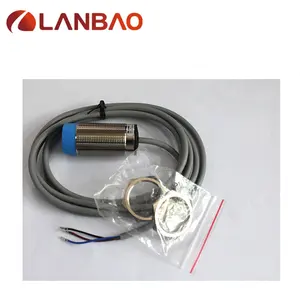
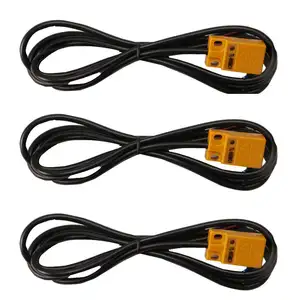

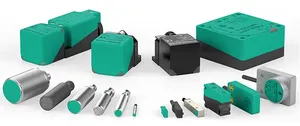


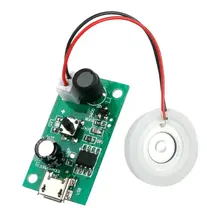






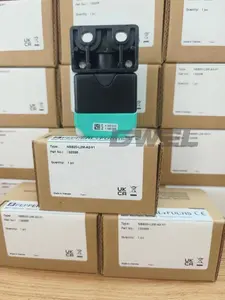

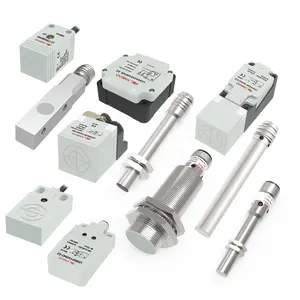
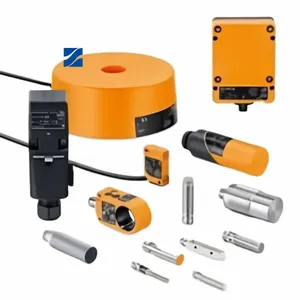
























 浙公网安备 33010002000092号
浙公网安备 33010002000092号 浙B2-20120091-4
浙B2-20120091-4